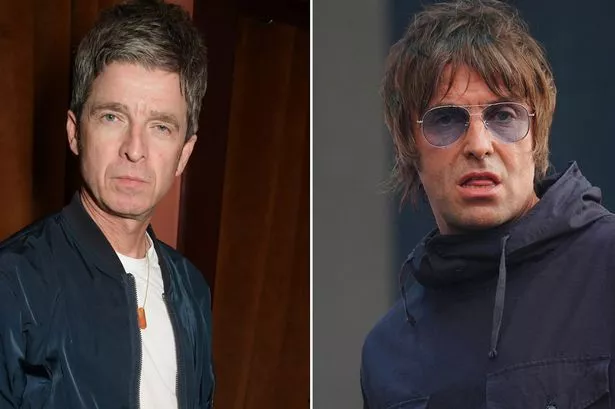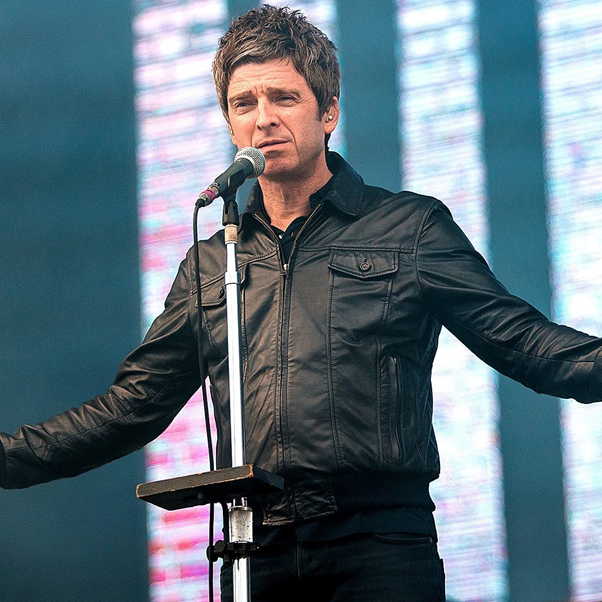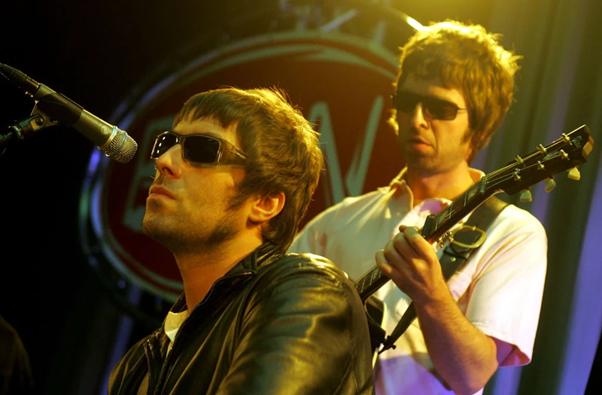To understand the Gallagher fortune, one must first understand the basic, and often misunderstood, economics of the music industry. When a song is successful, the money it generates is split into several different streams, but the two most important are recording royalties and songwriting/publishing royalties.
1. Recording Royalties: This is the money earned from the sale or streaming of a specific recording of a song. This income is paid to the record label, who then pays a percentage to the artists who performed on the track. For Oasis, this revenue would have been split between all the band members (Noel, Liam, Guigsy, Bonehead, etc.) after the record label took its substantial cut. So, for every album sold, Liam, as the singer, would receive his share of the artist’s recording royalty.
2. Songwriting & Publishing Royalties: This is the money earned from the underlying composition of the song—the melody and the lyrics. This income is paid to the songwriter and their publisher every time the song is sold, streamed, played on the radio, used in a movie or commercial, or performed live by another artist. This is the most powerful and enduring form of wealth in the music business.
This is where the financial gulf between the Gallaghers was created. Noel Gallagher was the sole songwriter for nearly every single one of Oasis’s era-defining hits.
Think of the anthems that are still played on the radio, in pubs, and at sporting events across the globe every single day:
- “Wonderwall”
- “Don’t Look Back in Anger” (which Noel also sang)
- “Champagne Supernova”
- “Live Forever”
- “Supersonic”
- “The Masterplan”
For every one of these songs, and dozens more, Noel Gallagher is the credited songwriter. This means that for the past three decades, every time an Oasis album is sold, every time “Wonderwall” is streamed on Spotify, every time a new artist covers “Don’t Look Back in Anger,” every time a film licenses “Live Forever” for a scene, a check is cut for the songwriter: Noel Gallagher.
Liam, as the frontman, receives his portion of the recording royalty for the original Oasis version. But he receives nothing when the song is played on the radio or covered by another artist. Noel, on the other hand, gets paid again, and again, and again. He effectively created a portfolio of evergreen financial assets that generate passive income for him every second of every day.
A simple analogy is that of a restaurant. Liam was the world-class, charismatic head chef who cooked the food to perfection and presented it to the world. His performance was essential to its success. But Noel owned the secret recipe book. Every time that recipe is used, in any kitchen, anywhere in the world, the owner of the recipe gets a royalty. While the chef gets paid for his performance on the night, the owner of the recipe gets paid forever.
This fundamental difference in their roles is the single largest factor in their wealth disparity. Noel’s songwriting has created a continuous, multi-million-dollar annual income stream for him that simply does not exist for Liam.
The Post-Oasis Divide – Two Different Paths
After the infamous backstage fight in Paris that finally ended Oasis, the brothers embarked on two very different musical paths, which also had a significant impact on their finances.
Noel’s Steady Flight: Noel Gallagher quickly formed his solo project, Noel Gallagher’s High Flying Birds. From the outset, his solo career was a critical and commercial success. His debut album in 2011 was met with rave reviews and went straight to number one in the UK. His subsequent albums have all been major commercial successes, consistently topping the charts and selling out arena tours.
Noel’s solo career was a seamless continuation of the musical vision he had honed in Oasis. He appealed directly to the massive, established fanbase who had bought his records for years. It was a stable, predictable, and highly profitable career move that has allowed him to continue earning at the highest level as a recording and touring artist, in addition to his ever-growing Oasis royalties.

Liam’s Rocky Relaunch and Triumphant Return: Liam’s post-Oasis journey was initially more turbulent. He immediately formed the band Beady Eye with the other final members of Oasis. While their debut album was moderately successful, the band never captured the public’s imagination in the same way Oasis had. Their second album sold poorly, and the band quietly disbanded in 2014, leaving Liam in a self-described musical wilderness.
For several years, his musical income would have been significantly reduced. However, Liam Gallagher is one of the greatest frontmen of all time, and his triumphant return to the music scene as a solo artist in 2017 with the album “As You Were” was a spectacular success. The album went to number one and was a massive seller. He has since released more successful solo albums and has re-established himself as a colossal live act.
His two sold-out, 160,000-capacity shows at Knebworth in 2022—the same site as Oasis’s legendary 1996 gigs—were a stunning demonstration of his enduring star power. His current solo career is incredibly successful and lucrative. However, the years of his post-Beady Eye slump, combined with the fact that his solo success came much later than Noel’s, meant there was a significant period where his earnings were much lower.
Part 3: The Business of a Brand – Pretty Green’s Rise and Fall
Another major factor contributing to the financial disparity is their differing approaches to business outside of music. While Noel has been famously conservative, focusing almost exclusively on managing his music assets, Liam launched an ambitious and initially successful entrepreneurial venture: the fashion label Pretty Green.
Launched in 2009, Pretty Green was a high-end menswear brand inspired by the mod culture and 1960s style that Liam has always championed. The brand was an instant hit with his fanbase and the broader “lad culture” market. It opened flagship stores in major cities like London and Manchester and became a beloved and recognizable brand.
For a decade, Pretty Green was a successful business that likely provided Liam with a significant income stream outside of music. However, the UK’s high street retail market is notoriously difficult. In 2019, after a period of financial difficulty, Pretty Green went into administration (a form of bankruptcy). The company was eventually sold, but not before closing many of its stores. This business failure would have represented a significant personal financial loss for Liam, who was the company’s founder and primary backer.
This stands in stark contrast to Noel’s business activities, which are far less public but are believed to be focused on his highly profitable music publishing company, a much more stable and less risky asset than a high-street fashion brand.
A Tale of Two Fortunes
While both Gallagher brothers are rock and roll legends who have achieved levels of success that most musicians can only dream of, their financial stories took dramatically different turns. The reason Noel Gallagher is worth nearly ten times as much as his younger brother is a perfect storm of creative ownership, career consistency, and business pragmatism.
The foundation of Noel’s $70 million fortune is the “golden pen” he used to write a generation’s anthems. The songwriting royalties from the Oasis catalog are a perpetual annuity, a gift that keeps on giving, providing him with a level of financial security that Liam, for all his brilliance as a performer, simply does not have.
This foundational advantage was compounded by Noel’s immediate and sustained success as a solo artist and his conservative business approach. Liam, while now enjoying a massive and well-deserved career resurgence, endured a fallow period after Oasis and suffered a significant financial blow with the collapse of his fashion brand.
Liam Gallagher will forever be the voice of Oasis, the swaggering embodiment of its soul. But Noel Gallagher was its architect. And in the world of music, it is the architect, not the frontman, who reaps the largest and most enduring financial rewards.


